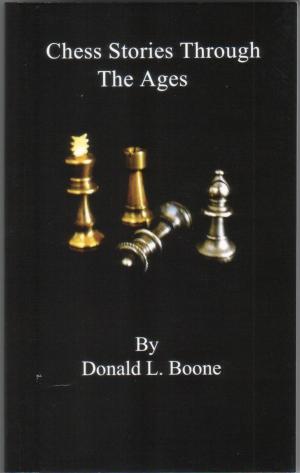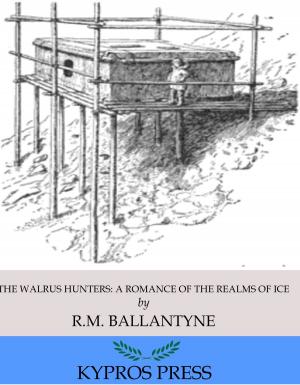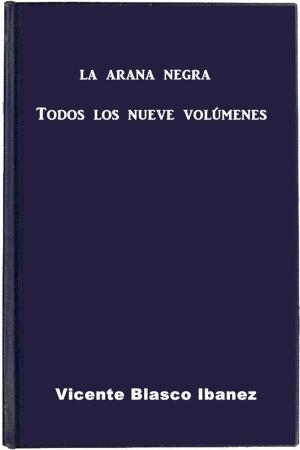| Author: | Frederick Starr | ISBN: | 1230001007442 |
| Publisher: | @AnnieRoseBooks | Publication: | March 25, 2016 |
| Imprint: | Language: | English |
| Author: | Frederick Starr |
| ISBN: | 1230001007442 |
| Publisher: | @AnnieRoseBooks |
| Publication: | March 25, 2016 |
| Imprint: | |
| Language: | English |
The author does not over-estimate the importance of this little book: it is nothing more than its title claims. It consists of three lectures given to popular audiences, with the accompaniment of many illustrations. It represents, however, a considerable amount of work in an almost virgin field. It has involved hard journeys to remote mountain monasteries, and days and nights of conversation and inquiry with many monks and priests. It is not, however, a profound study nor an exhaustive presentation. It barely touches many a subject, which would alone furnish more material than could be treated in three such lectures. It but scratches the surface.
The material which it presents is however new. Outside of Mrs. Bishop’s account of her visit to the Diamond Mountain monasteries and scattered references in her book to a few local temples, there is almost nothing on the subject of Korean Buddhism accessible to English readers. A glance at our bibliography will show that not one of the books or articles there listed appeared in the West. All were printed at Seoul, Shanghai and Tokyo and publications appearing at those centers are little known outside. To aid serious readers, who may care to secure them, the publishers’ names are given in our list. The author has carefully read all the items listed and acknowledges indebtedness to all the authors.
The actual amount of material for the full study of Korean Buddhism is enormous. There are many voluminous works in Chinese and Korean dealing with Korean history; when carefully sifted, these will yield many important facts. Many, perhaps all, of the monasteries have records of their history somewhat after the nature of annals; most of these are in manuscript, but a few have been printed, presumably from wood-blocks cut at the establishment by the monks. There is a third source of information, as vast in bulk as either of the other two; it is the inscriptions on monuments, which are scattered in thousands over the peninsula. The gleaning of information from these three sources—for the work must absolutely be of the nature of gleaning—will require many years, but the work is worth the doing. It is urgent also. Every one of these three sources is subject to destruction and even now is threatened. Old books in Korea are being constantly lost and destroyed; new editions of them are often carelessly and inaccurately reproduced; in some cases, the new editions are intentionally mutilated, important passages being suppressed. The monastery records are less secure than ever before; with the new life and energy in these old establishments, renovation and clearing out of nooks and corners and overhauling of accumulations of papers, places documents, the value of which is unknown or unappreciated, in serious jeopardy. As for the monuments many are disappearing and others are becoming undecipherable through weathering. There is pressing need then of promptly securing these materials and making them available for study.
The author does not over-estimate the importance of this little book: it is nothing more than its title claims. It consists of three lectures given to popular audiences, with the accompaniment of many illustrations. It represents, however, a considerable amount of work in an almost virgin field. It has involved hard journeys to remote mountain monasteries, and days and nights of conversation and inquiry with many monks and priests. It is not, however, a profound study nor an exhaustive presentation. It barely touches many a subject, which would alone furnish more material than could be treated in three such lectures. It but scratches the surface.
The material which it presents is however new. Outside of Mrs. Bishop’s account of her visit to the Diamond Mountain monasteries and scattered references in her book to a few local temples, there is almost nothing on the subject of Korean Buddhism accessible to English readers. A glance at our bibliography will show that not one of the books or articles there listed appeared in the West. All were printed at Seoul, Shanghai and Tokyo and publications appearing at those centers are little known outside. To aid serious readers, who may care to secure them, the publishers’ names are given in our list. The author has carefully read all the items listed and acknowledges indebtedness to all the authors.
The actual amount of material for the full study of Korean Buddhism is enormous. There are many voluminous works in Chinese and Korean dealing with Korean history; when carefully sifted, these will yield many important facts. Many, perhaps all, of the monasteries have records of their history somewhat after the nature of annals; most of these are in manuscript, but a few have been printed, presumably from wood-blocks cut at the establishment by the monks. There is a third source of information, as vast in bulk as either of the other two; it is the inscriptions on monuments, which are scattered in thousands over the peninsula. The gleaning of information from these three sources—for the work must absolutely be of the nature of gleaning—will require many years, but the work is worth the doing. It is urgent also. Every one of these three sources is subject to destruction and even now is threatened. Old books in Korea are being constantly lost and destroyed; new editions of them are often carelessly and inaccurately reproduced; in some cases, the new editions are intentionally mutilated, important passages being suppressed. The monastery records are less secure than ever before; with the new life and energy in these old establishments, renovation and clearing out of nooks and corners and overhauling of accumulations of papers, places documents, the value of which is unknown or unappreciated, in serious jeopardy. As for the monuments many are disappearing and others are becoming undecipherable through weathering. There is pressing need then of promptly securing these materials and making them available for study.















